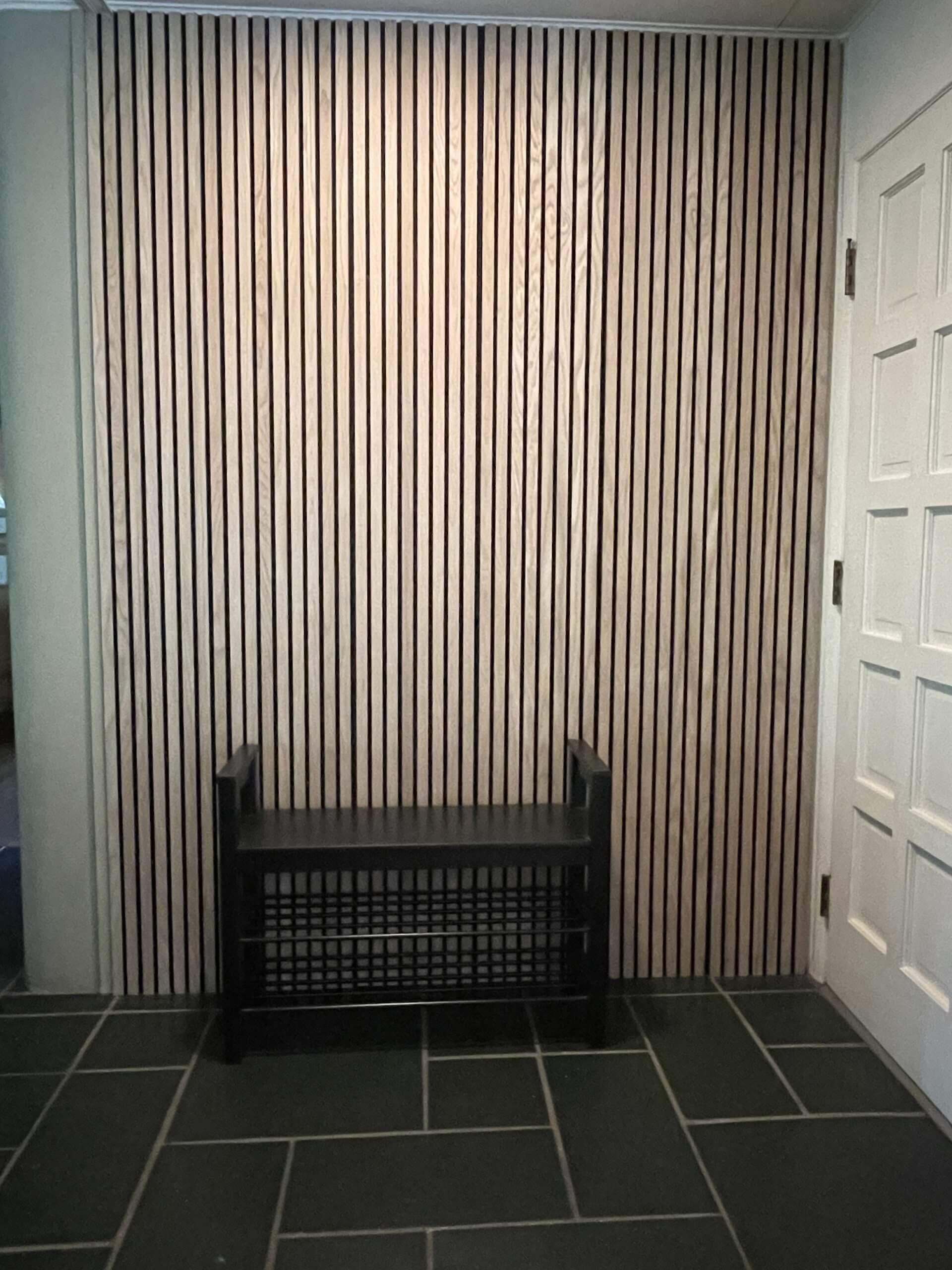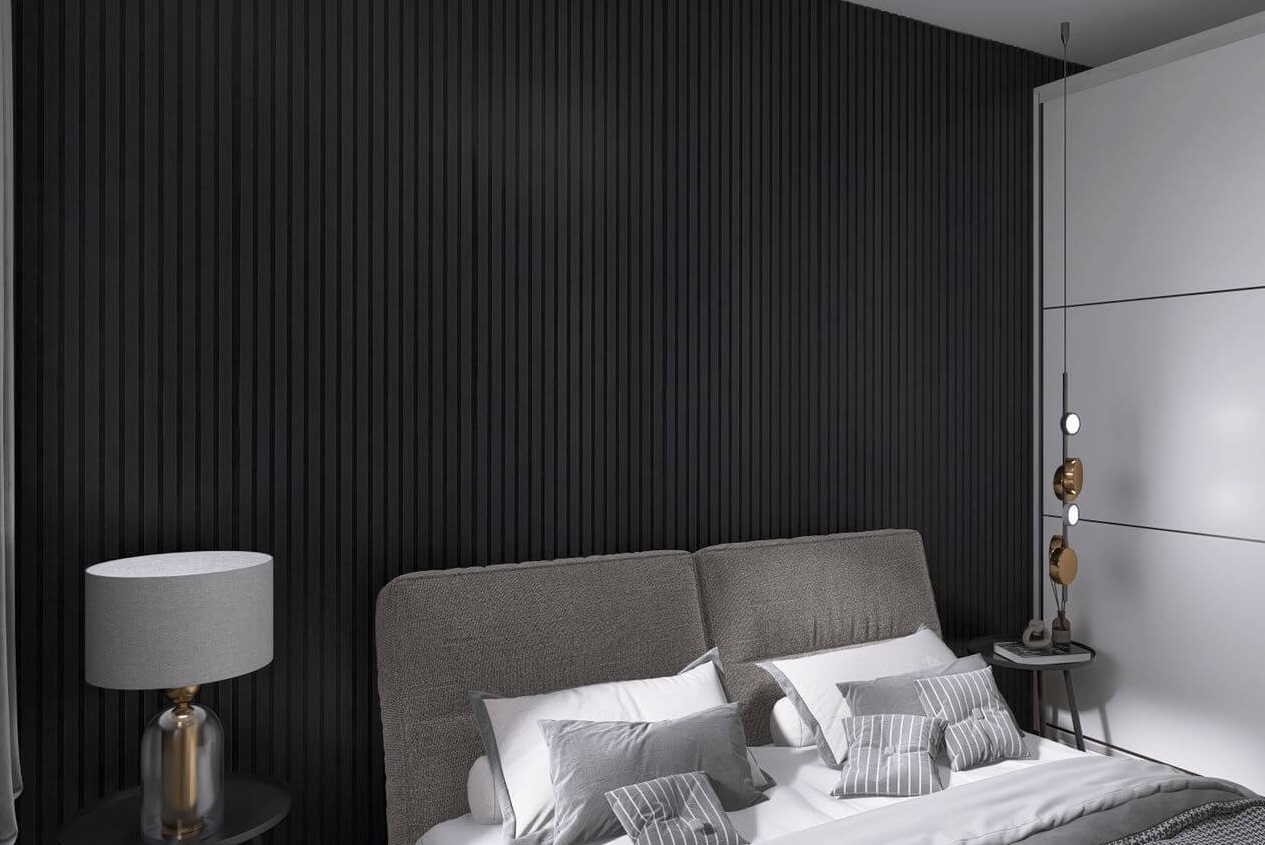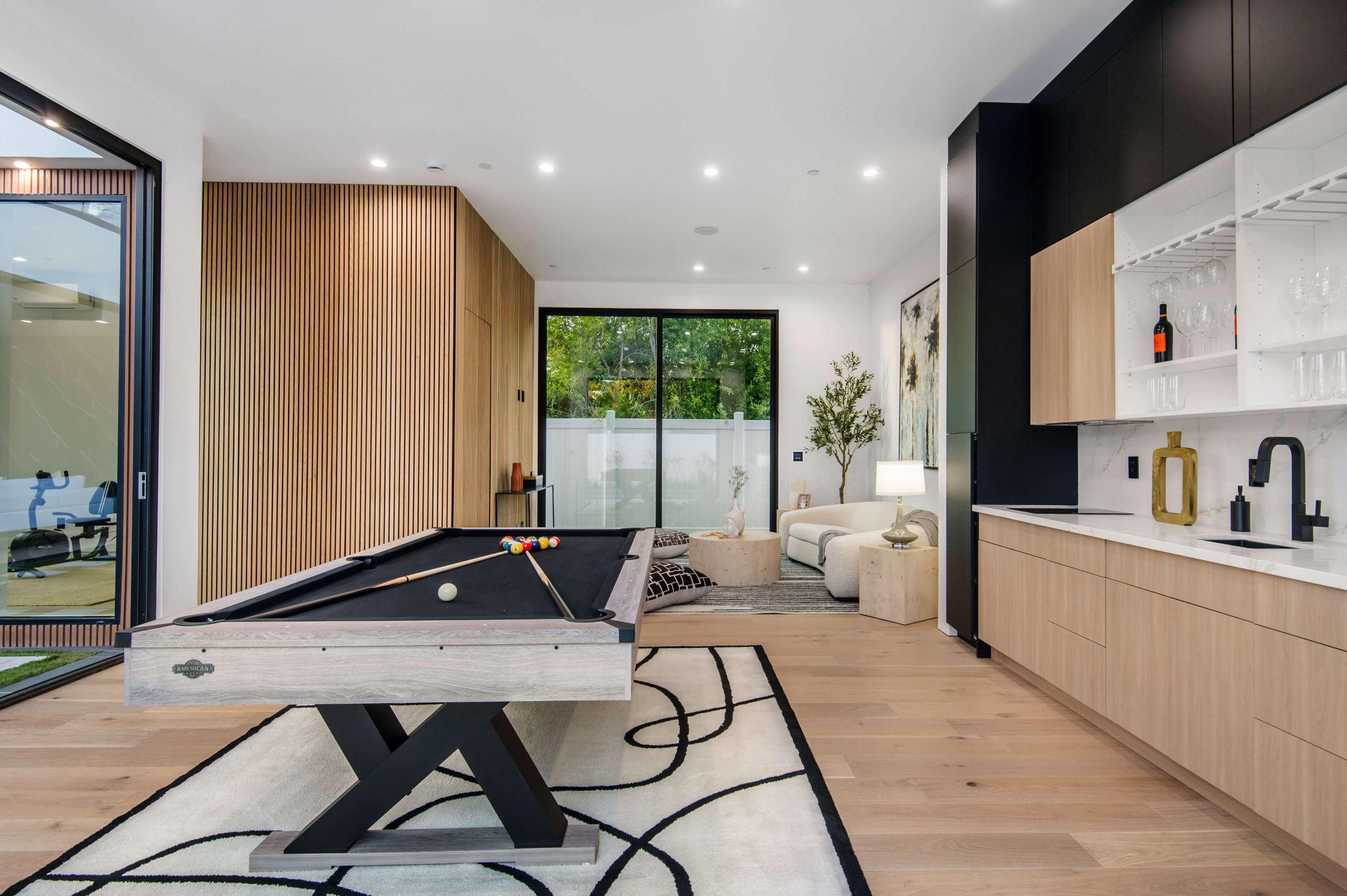There’s something about wood that makes a space feel warm, cozy, and complete. We’ve seen people fall in love with homes simply because of the way the walls looked—and more often than not, it’s because of smart, beautiful interior wall paneling. The right wood doesn’t just give a room style. It tells a story. But here’s the thing: not all wood is created equal. So, how do you know which wood to pick when you want your walls to stand out and last?
We’re here to help with that. Let’s walk through the best woods for interior wall paneling and what makes each one special. You’ll find real answers, clear examples, and smart ideas to make your walls a whole lot better.
Oak: The Classic Favorite
Oak is one of the most trusted types of wood when it comes to paneling. It’s strong, steady, and has that natural charm people can’t stop admiring.
Here’s why homeowners love oak:
- Durability: It holds up for years, even in busy rooms.
- Grain Pattern: Beautiful textures that pop with or without stain.
- Color Variety: From pale tan to rich golden brown.
Oak wood gives any space a classic look that doesn’t go out of style. And when you’re choosing interior wall paneling, oak makes a strong case—both in appearance and in function.
If you’re curious how different types of wall panels hold up, especially in places where sound matters, we recommend checking out this honest breakdown on do acoustic wood panels really reduce noise. It might just surprise you.
Cedar: Nature’s Built-In Scent and Shield
Cedar is more than just pretty wood—it smells amazing and fights off bugs and moisture like a natural superhero. That’s why people use it in closets and cabins. But it’s also perfect for your living room or hallway.
Reasons cedar shines:
- Natural scent: A soft, woody fragrance that never feels fake.
- Insect-resistant: Moths and bugs don’t stand a chance.
- Moisture protection: Great for bathrooms or basements with proper prep.
Cedar brings warmth and color to your walls, and its reddish tones stand out in the best way. If you want interior wall paneling that feels like a breath of fresh forest air, cedar’s the way to go.
Pine: Affordable and Flexible
Let’s be honest—sometimes budget matters. And that’s where pine comes in. It’s one of the most affordable choices out there, but it still gives you that real wood feel and look.
Why pine works so well:
- Budget-friendly: More bang for your buck.
- Soft grain: Easy to paint or stain in any color you like.
- Lightweight: Easier to install, especially in DIY projects.
Pine doesn’t scream luxury, but it whispers comfort and charm. Whether you’re going for a rustic, farmhouse style or something more modern, pine can flex with your vision.
Want to explore a wide range of wall panel options? Don’t miss this curated collection at wood panel wall designs—it’s packed with ideas that work for every room.
Walnut: Deep, Dark, and Dramatic
There’s a quiet power in walnut. Its deep chocolate tones make rooms feel rich and grounded. If you’re aiming for a bold, high-end look, walnut adds that touch of drama without going overboard.
Walnut benefits:
- Striking color: Dark brown with purple or gray hues.
- High-end finish: Luxurious and smooth with minimal effort.
- Long-lasting: Hard and dense, which means fewer dents over time.
People who want to make a statement with their interior wall paneling often lean into walnut. It works beautifully behind TVs, in home offices, or as accent walls where you want to turn heads.
Redwood: The Rare, Rich Option
Redwood isn’t as easy to find as some of the others, but when you can get your hands on it—wow. Its natural reddish tones and silky finish look incredible in sunlit rooms. Plus, it resists rot and water, so it’s great for rooms that get a little damp.
Top reasons to consider redwood:
- Bold red tones: No need for paint to get color.
- Resistant to moisture and decay: Ideal for long-term use.
- Unique character: Each panel feels like a piece of art.
It’s one of those woods where you don’t just look at it—you stop and stare. That’s the kind of feeling redwood can bring to your interior wall paneling project.
Poplar: Light, Simple, and Stylish
If you want something clean, modern, and light in color, poplar could be the answer. It’s soft, easy to work with, and looks fresh—especially in newer homes or apartments.
Poplar perks:
- Light color palette: Great for minimal or Scandinavian styles.
- Smooth finish: Looks polished with little effort.
- Takes paint well: Perfect if you want to match other colors in your space.
Poplar may not have strong grains like oak or walnut, but it brings a softness that fits rooms needing a gentle, subtle look. Your interior wall paneling doesn’t always need to be the loudest element in the room—and poplar proves that less can be more.
Quick Comparison of Popular Woods
| Wood Type | Color Tone | Best Features | Ideal Spaces |
|---|---|---|---|
| Oak | Light to medium brown | Durable, textured | Living rooms, dining areas |
| Cedar | Reddish | Scented, bug-resistant | Closets, cabins, bathrooms |
| Pine | Pale yellow | Affordable, easy to paint | Bedrooms, kids’ rooms |
| Walnut | Deep brown | Luxurious, dense | Offices, accent walls |
| Redwood | Rich red | Moisture-resistant | Basements, sunny rooms |
| Poplar | Soft cream | Smooth, easy to style | Apartments, modern homes |
Things to Keep in Mind When Choosing Wood
Here’s a quick list to help guide your final decision:
- Your room’s purpose: Some woods handle moisture or heavy use better than others.
- Color scheme: Lighter woods brighten a room. Darker woods add depth.
- Maintenance level: Harder woods last longer and need less touch-up.
- Style match: Think about the furniture and flooring you already have.
- Budget: Some woods are pricey, but others give great value.
Why Interior Wall Paneling Is a Game-Changer
Adding interior wall paneling to your home does more than upgrade a wall—it transforms the way you feel in that space. It brings warmth. It creates texture. It turns blank areas into focal points. And most importantly, it adds real, lasting value to your home.
Whether you’re going for a cabin-style retreat or a modern, minimalist vibe, wall paneling helps you tell your story through design. And with so many wood types to choose from, you’re never stuck with just one look.
Want to browse some ready-to-go options? We highly suggest exploring this modern wood wall panel shop that offers premium picks for every style and budget.
FAQs
1. How do I choose the best wood for my interior wall paneling?
Start by thinking about the room’s purpose. If it’s a humid space like a bathroom, cedar or redwood are great because they resist moisture. For living rooms or offices, oak and walnut give a rich, timeless look. If you’re working with a tighter budget, pine or poplar are affordable and still stylish. It’s all about balancing function, style, and how much you’re willing to spend.
2. Can I install interior wall paneling myself, or do I need a professional?
You can absolutely take the DIY route, especially with softer woods like pine or poplar. They’re easier to cut and install. Just make sure you have the right tools, measure carefully, and follow safety steps. But if you’re going for hardwoods like walnut or a very large wall project, hiring a pro might save you time and stress.
3. Will wood paneling work in small spaces, or will it make the room feel smaller?
Yes, wood paneling can actually make small spaces feel warmer and more inviting—if done right. Choosing lighter woods like oak, pine, or poplar helps open up the room. Also, vertical panels can make ceilings seem higher, while horizontal ones add width. It’s all about creating the right balance with the wood’s tone and direction.
4. Do I need to treat or seal the wood before using it on walls?
In most cases, yes. Sealing protects the wood from moisture, dust, and stains. Especially for high-traffic areas or rooms with humidity, it’s smart to use a clear coat or finish. Some types like cedar come with natural protection, but adding a seal will help the paneling last even longer.
5. Can I paint or stain the paneling if I change my home’s style later?
Definitely! Most wood types used for interior wall paneling take paint or stain really well. Pine and poplar are especially great for painting, while oak and walnut look amazing when stained. Just be sure to sand the surface lightly and use a good primer or stain conditioner for the best results.








